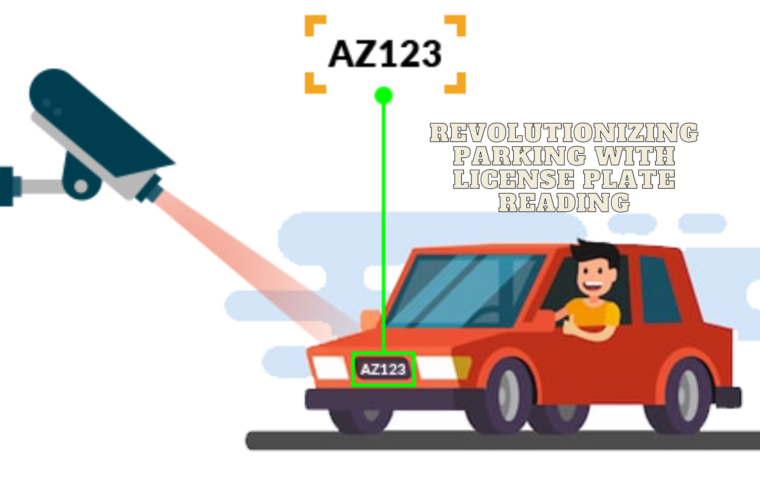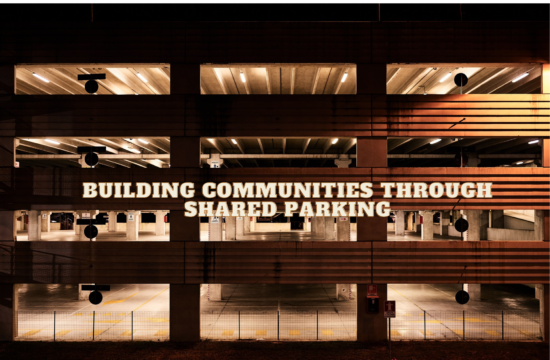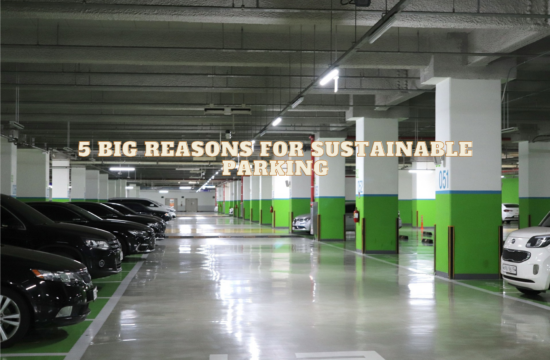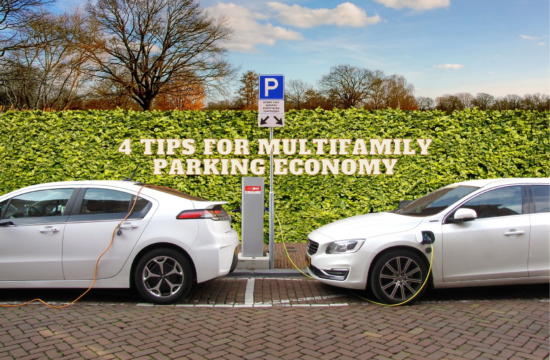New technology is always evolving, and the story is no different in the world of parking. For years, new tools have been in development to help make parking safer, more secure, and easier than ever before. Now, License Plate Reading (LPR) technology is commercial-ready and being deployed in cities across America. So what is LPR and how might it benefit parkers and parking managers alike? Continue reading below to find out how license plate reading technology is changing parking.
Explaining LPR
License Plate Reading (LPR) technology uses cameras to scan and recognize license plates, streamlining parking operations. It offers contactless access, improves security, and reduces fraud. LPR enhances user experience, increases parking revenue, and allows efficient enforcement. It’s a smart solution for modernizing and optimizing parking management.
Perks for Park Visitors
License Plate Reading (LPR) technology offers convenient parking experiences for visitors. It enables seamless entry and exit without the need for physical permits or tickets. Users can easily access parking facilities, reducing waiting times and enhancing user satisfaction. LPR also aids in efficient utilization of parking spaces and improves overall traffic flow.
Perks for Parking Administrators
License Plate Reading (LPR) technology benefits parking administrators by automating processes. It streamlines vehicle access, payment, and enforcement, reducing staff workload and operational costs. LPR enhances security with real-time monitoring and data analytics. Administrators can optimize resource allocation, improve compliance, and offer better customer service through data-driven insights.
LPR in Operation
License Plate Reading (LPR) technology revolutionizes parking management. Cameras capture license plates, enabling automated entry and exit, eliminating the need for tickets or tags. LPR enhances efficiency, reduces fraud, and improves user experience. It provides real-time data, aiding enforcement and analytics, leading to optimized operations and increased revenue for parking facilities.





